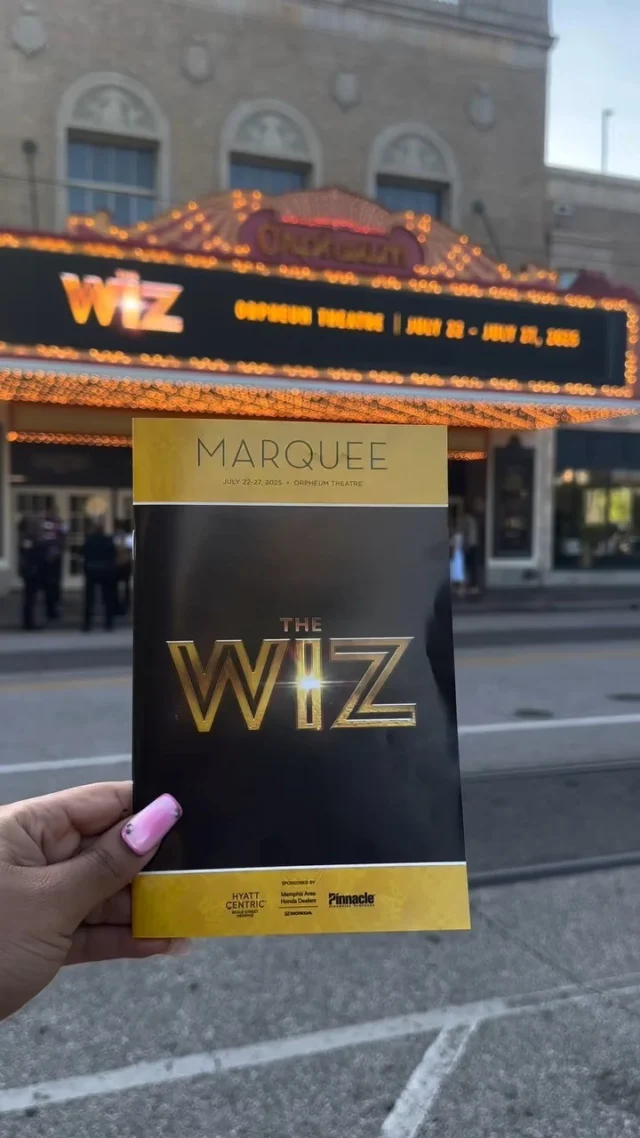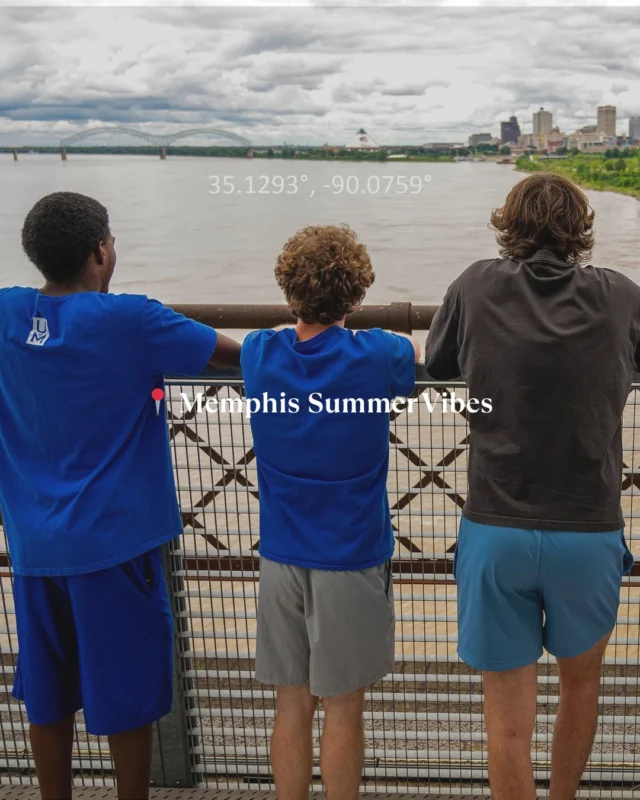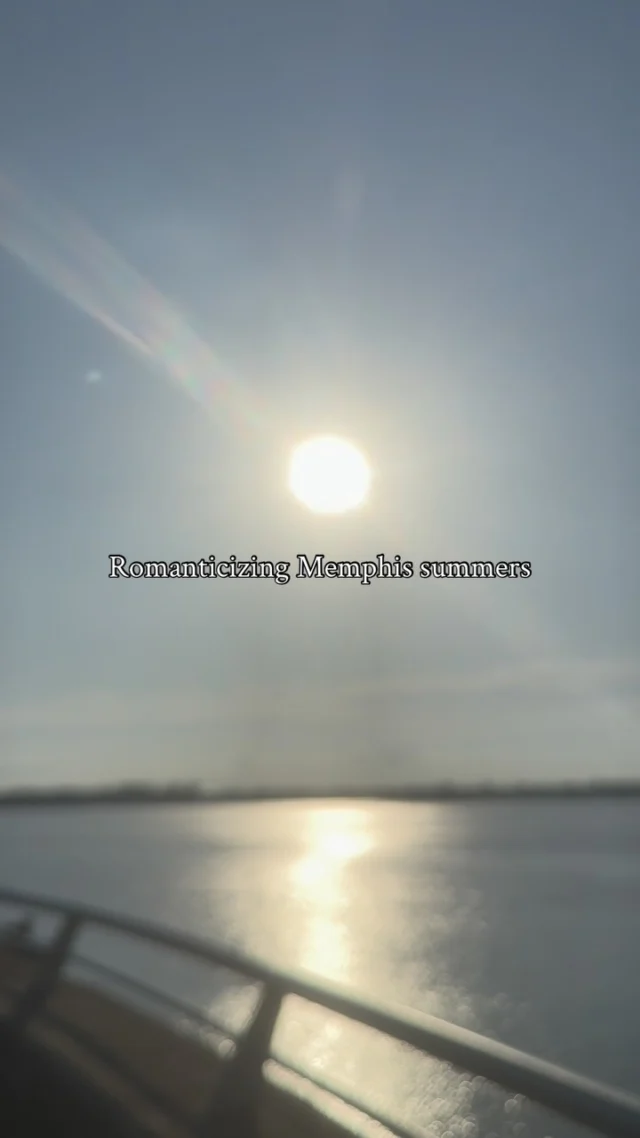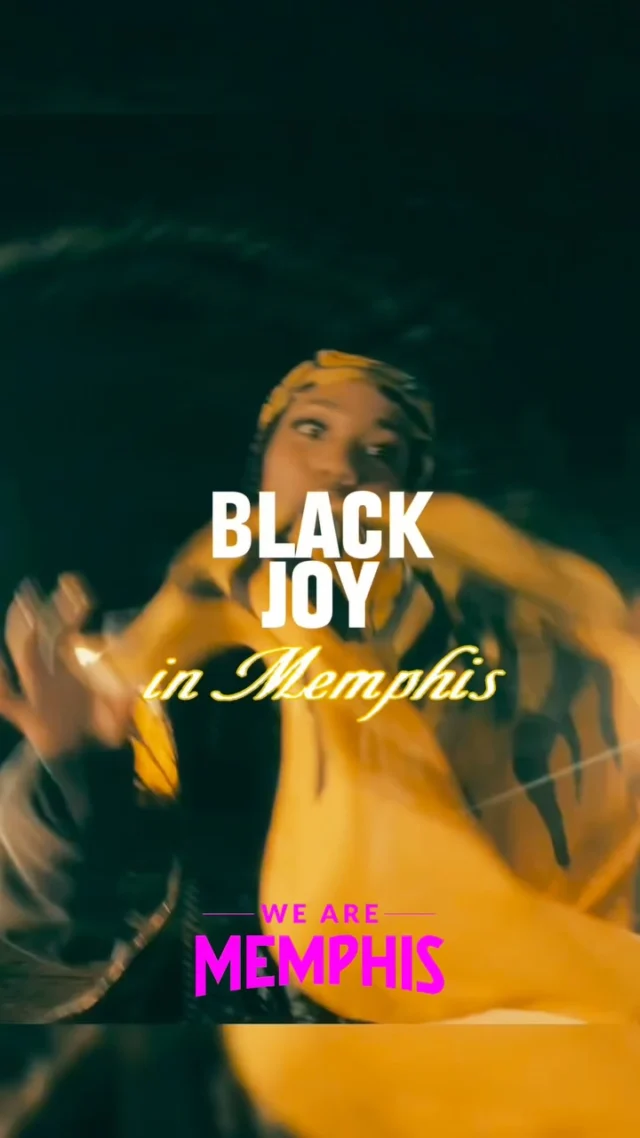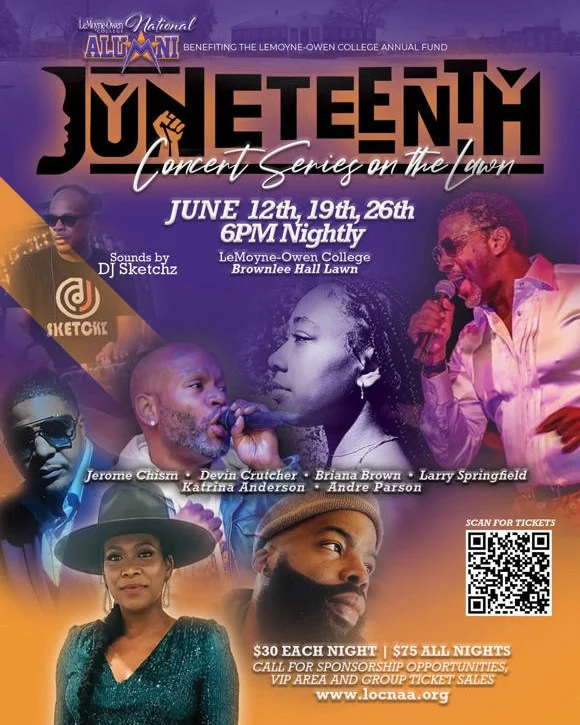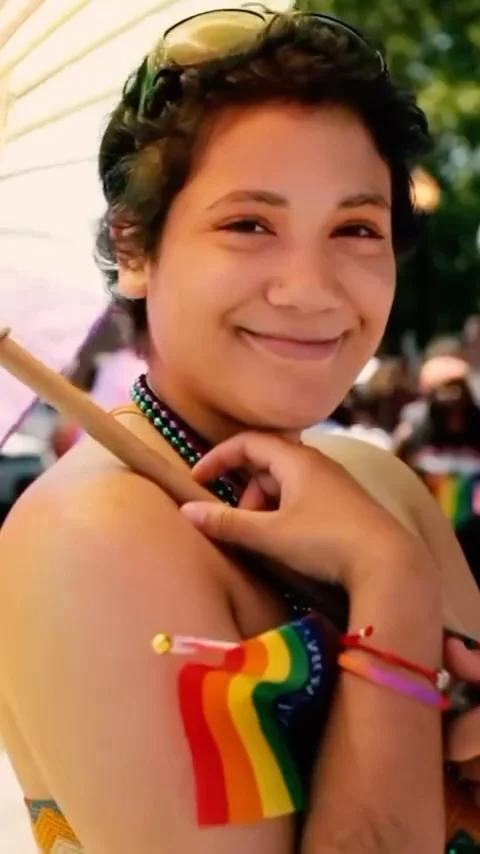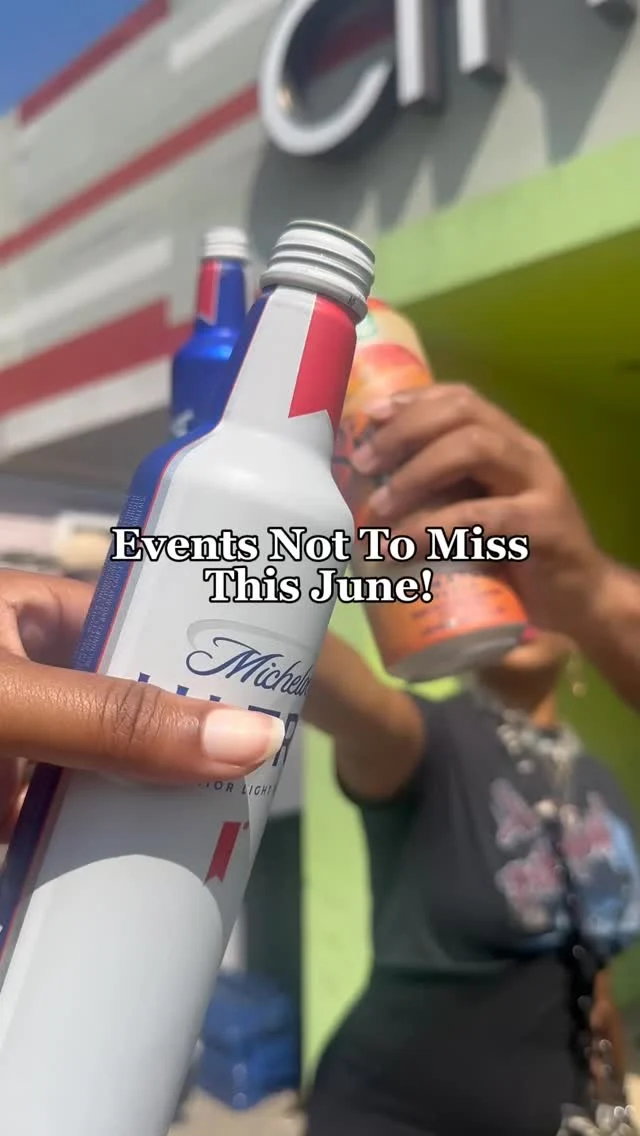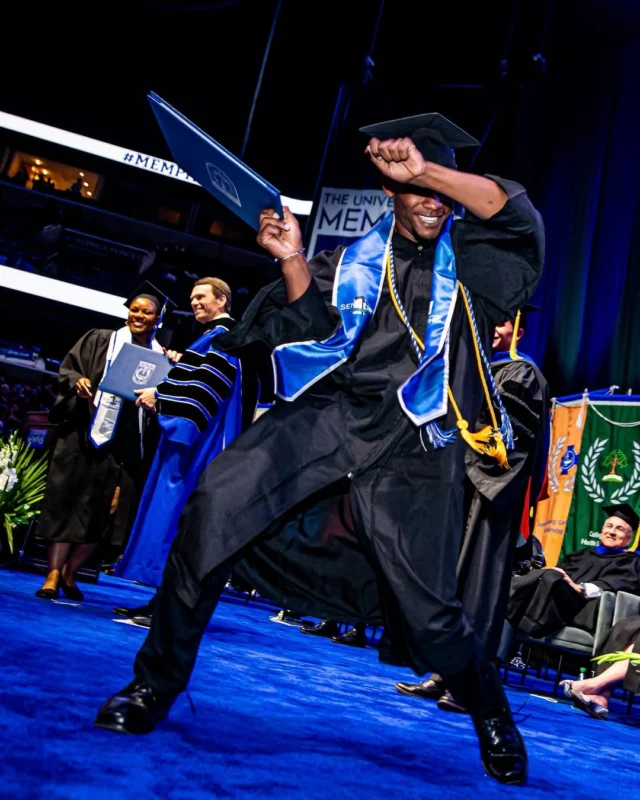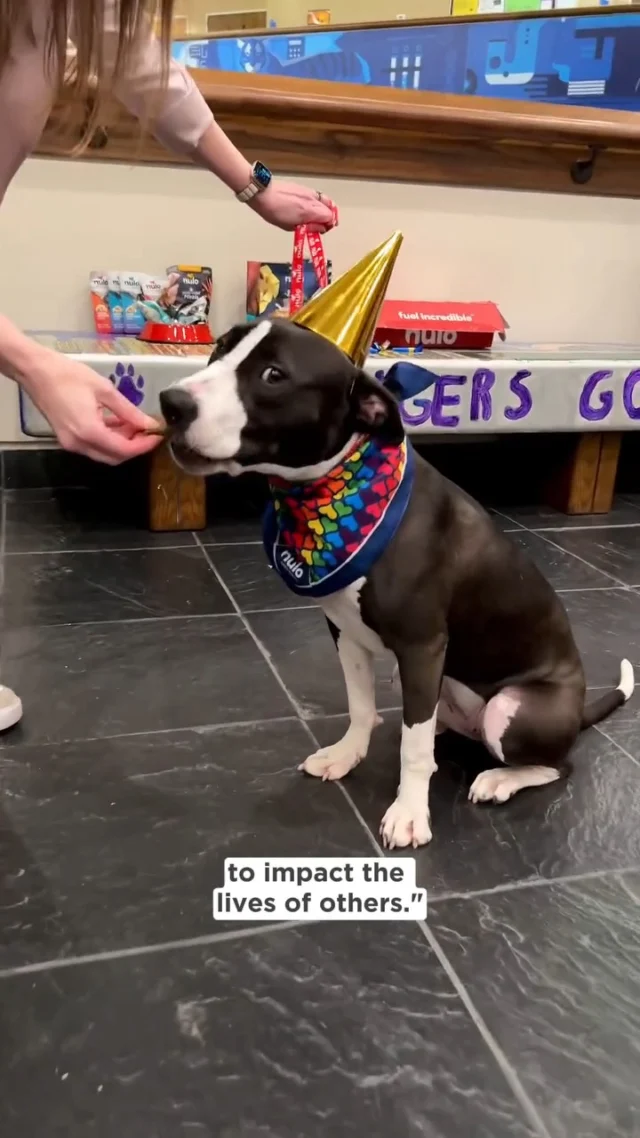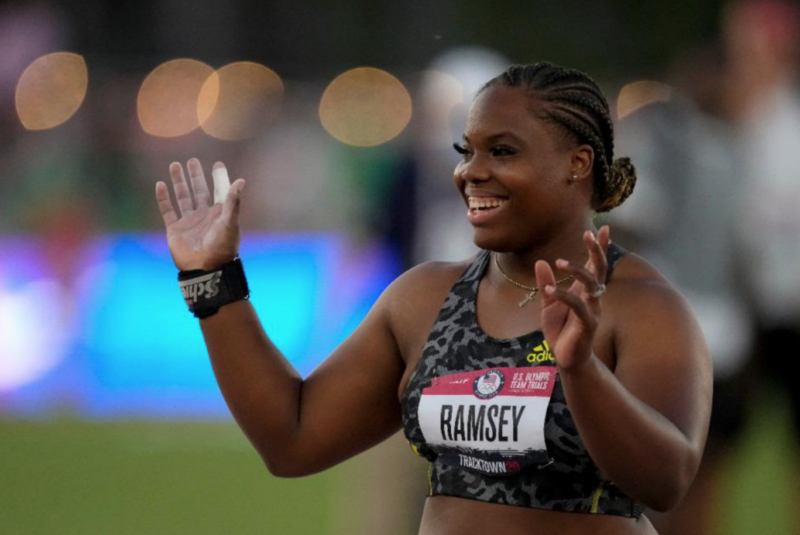
wears braids done by Memphis braider @BraidsForLess on IG)
By: Kirstin Cheers
Here’s an homage to a community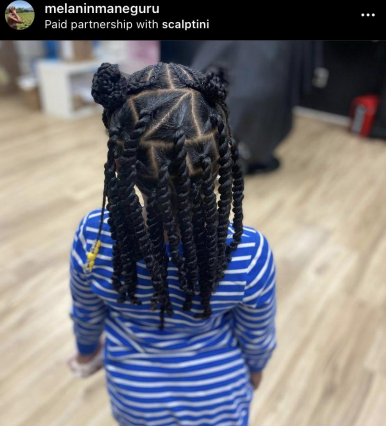 of people who keep our hair protected, healthy and strong during the blistering summers and crippling winters that are upon us: hair braiders. Braids have – at the very least – saved us time, energy and heat damage. Braids are a nod to our African roots and an act of resistance against European definitions of beauty. Embedded in this brief overview of the history of braids are features of Memphis hair braiders for our readers who need to update their “hair braider rolodex” this summer and fall.
of people who keep our hair protected, healthy and strong during the blistering summers and crippling winters that are upon us: hair braiders. Braids have – at the very least – saved us time, energy and heat damage. Braids are a nod to our African roots and an act of resistance against European definitions of beauty. Embedded in this brief overview of the history of braids are features of Memphis hair braiders for our readers who need to update their “hair braider rolodex” this summer and fall.
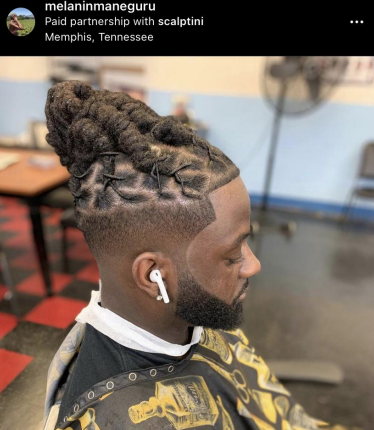 Our ancestors left us with many tools to live this life as a Black person, including the power of the braid. Originating in Africa, braids were traditional indicators of not just style, but culture, family, tribes and religion. Because braiding took hours upon hours to complete (and sometimes even days), the tradition of hair braiding was also an opportunity to form community and fellowship. Ancient African women AND men wore braids to formal events such as weddings, funerals and ceremonial rituals as a style of elegance, class and reality.
Our ancestors left us with many tools to live this life as a Black person, including the power of the braid. Originating in Africa, braids were traditional indicators of not just style, but culture, family, tribes and religion. Because braiding took hours upon hours to complete (and sometimes even days), the tradition of hair braiding was also an opportunity to form community and fellowship. Ancient African women AND men wore braids to formal events such as weddings, funerals and ceremonial rituals as a style of elegance, class and reality.
During American slavery, Africans and their descendants born into slavery wore braids to maintain a neat and tidy look while working and to keep their hair from their faces when outside. Slaves would use household products like butter and cooking grease when braiding, absent of the natural resources in Africa prior. During Reconstruction and throughout Jim Crown, Black women maneuvered towards more European hairstyles that straightened their coily and curly hair.
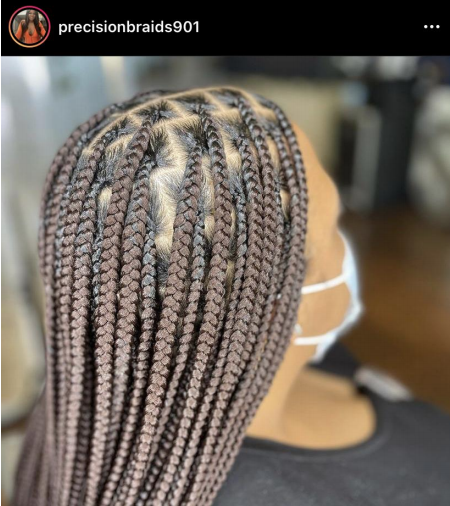
Braids and other protective styles such as dreadlocks and two-strand twists were regarded as unprofessional and inappropriate for the workplace and formal ceremonies in Western culture. Hence, the word “nappy” defined hair as hard to comb through or run fingers through. Nappy hair was regarded as ‘bad hair’ and the label pushed Black women to resort to straightening their hair or being seen as having “good hair.” The straightening of ‘nappy’ hair made Black women (as well as Black men) believe that navigating white spaces would be easier, a byproduct of “respectability politics”. Those with nappy hair were seen as unkempt and unprofessional while straight hair was acceptable to the white gaze.
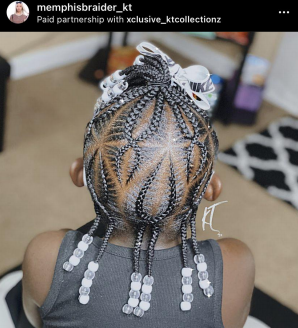 During the 1960s and The Black Power movement, braids were making their return as a symbol of Black pride and reconciliation with African culture. Other hairstyles including afros and dreadlocks were deemed political expressions against white supremacy and anti-Blackness. The late actress, Cicely Tyson, is credited for sparking the natural hair movement with her cornrow hairstyle on the 19060s television show East Side/West Side. Over time, more Black representation of braids and protective styles became prevalent in entertainment and media. Braids continued to stand as a symbol of Black pride, even at the rejection of European beauty standards.
During the 1960s and The Black Power movement, braids were making their return as a symbol of Black pride and reconciliation with African culture. Other hairstyles including afros and dreadlocks were deemed political expressions against white supremacy and anti-Blackness. The late actress, Cicely Tyson, is credited for sparking the natural hair movement with her cornrow hairstyle on the 19060s television show East Side/West Side. Over time, more Black representation of braids and protective styles became prevalent in entertainment and media. Braids continued to stand as a symbol of Black pride, even at the rejection of European beauty standards.
It was then in the 1970s, when actress Bo Derek appeared in the film 10 wearing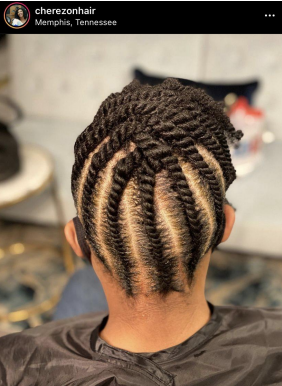 blonde cornrows that the beauty industry took notice and embraced braids, but only as a trend. The actress was credited with starting the trend, neglecting and ignoring the centuries-long history of the style. While white women were regarded as fashion-forward with braids, Black women were still seen as “ghetto” and “low-class” with the style. A similar reaction happened in 2020 when Kim Kardashian wore a braided hairstyle and called them “Bo Dereck Braids” and social media went ablaze with criticism, and rightfully so. Cultural appropriation prevents Black people, Black hairstylists and Black braiders from being credited and acknowledged for our culture, innovations and investments to the melting pot of what we know as American culture.
blonde cornrows that the beauty industry took notice and embraced braids, but only as a trend. The actress was credited with starting the trend, neglecting and ignoring the centuries-long history of the style. While white women were regarded as fashion-forward with braids, Black women were still seen as “ghetto” and “low-class” with the style. A similar reaction happened in 2020 when Kim Kardashian wore a braided hairstyle and called them “Bo Dereck Braids” and social media went ablaze with criticism, and rightfully so. Cultural appropriation prevents Black people, Black hairstylists and Black braiders from being credited and acknowledged for our culture, innovations and investments to the melting pot of what we know as American culture.
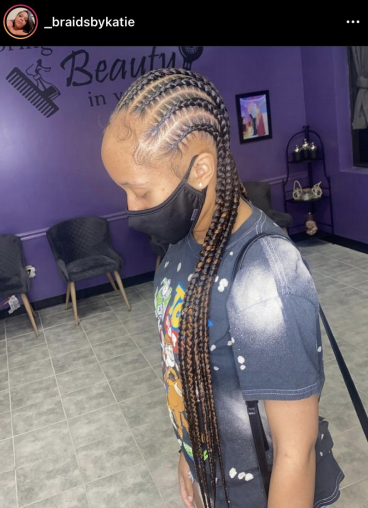 Braids continue to be a staple style for many Black people. From knotless braids which we love for their painless and long-lasting beauty to Black men wearing cornrows and bringing back the 99 and the 2000s, braids afford our hair protection from the blistering heat and frigid winters. With the ongoing pandemic, many rely on braids to forgo manipulating our hair every day, causing more damage and unnecessary stress to our tresses. Pregnant Black women are known for getting their hair braided weeks before delivering their baby. Little Black girls rock their braids on the first day of school. While hegemonic culture continues to mark braids and cultural hairstyles as unkempt, Black people fully embrace the beauty and agility of our braids. Braids are appropriate for any and every occasion.
Braids continue to be a staple style for many Black people. From knotless braids which we love for their painless and long-lasting beauty to Black men wearing cornrows and bringing back the 99 and the 2000s, braids afford our hair protection from the blistering heat and frigid winters. With the ongoing pandemic, many rely on braids to forgo manipulating our hair every day, causing more damage and unnecessary stress to our tresses. Pregnant Black women are known for getting their hair braided weeks before delivering their baby. Little Black girls rock their braids on the first day of school. While hegemonic culture continues to mark braids and cultural hairstyles as unkempt, Black people fully embrace the beauty and agility of our braids. Braids are appropriate for any and every occasion.
You may also be interested in: Memphis History
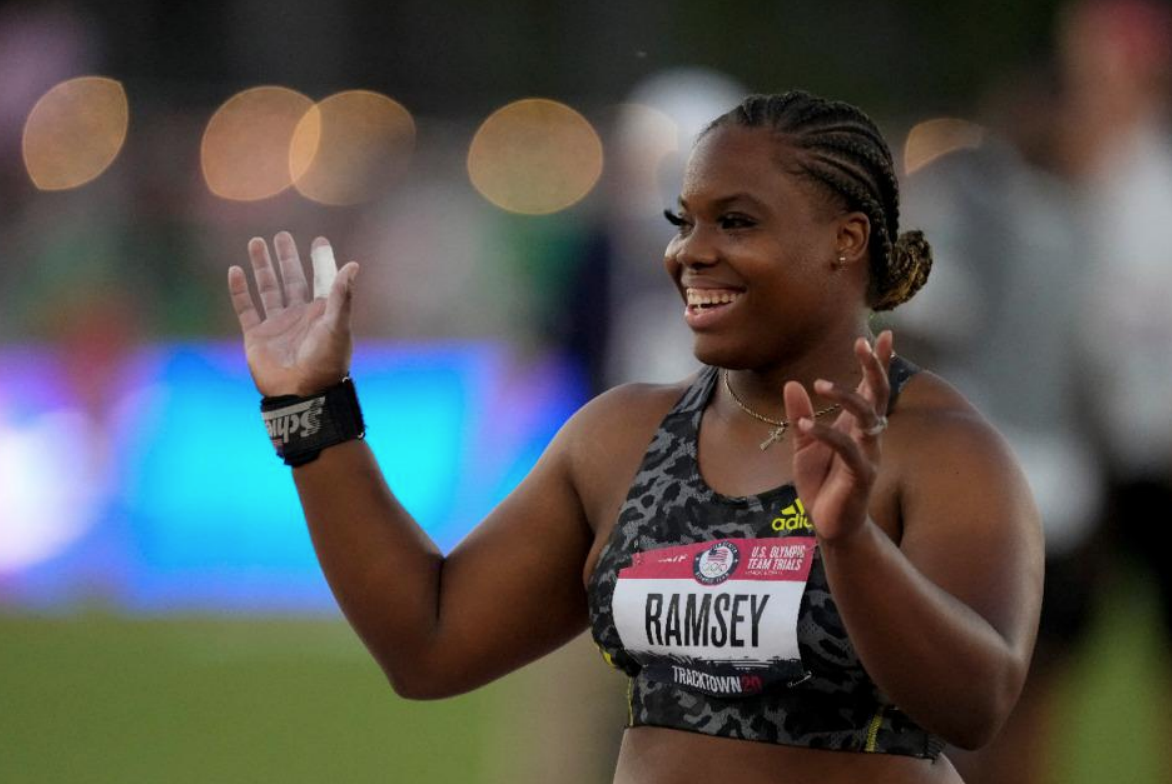
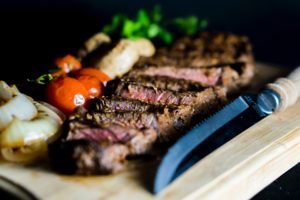
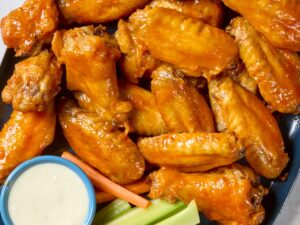
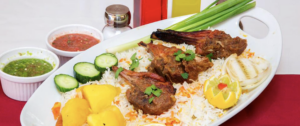
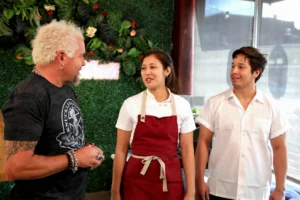


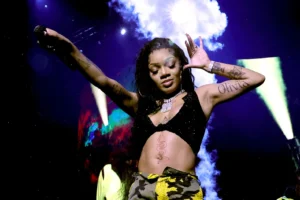
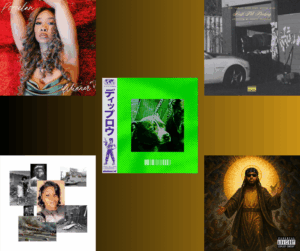
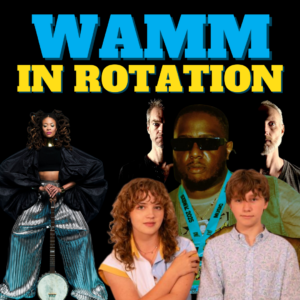



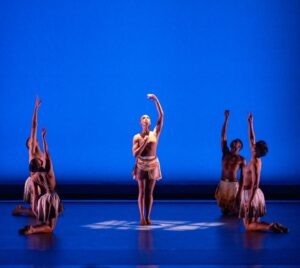
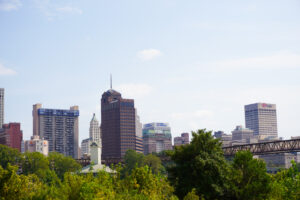

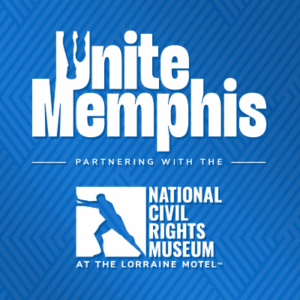
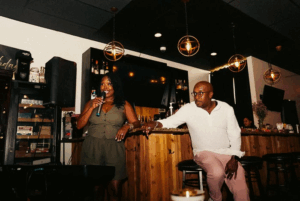
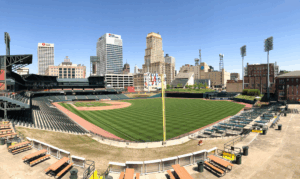
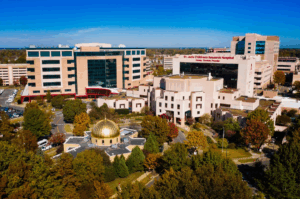


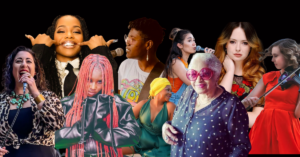
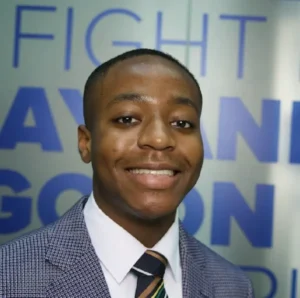
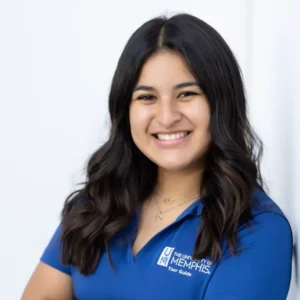


![The countdown is ON, Memphis! We’re officially 30 days out from the @unitememphis 5K + 1-Mile Walk/Run—and this year, we’re stepping into unity on 901 Day 🙌🏽
📍 Monday, September 1 | National Civil Rights Museum
🕘 Start time: 9:01AM
🎶 Food, music & fun to follow
Whether you’re walking or running, this isn’t just a race—it’s a movement. And there’s no better time to join in than now. 👟✨
🎓 COLLEGE STUDENTS: Be one of the first 100 to register using your .edu email with promo code NEXTGENUNITE and your ticket is just $10 (that’s a $32 savings 👀). Limit 2 per person, so tell a friend!
Let’s walk. Let’s run.
Let’s #UniteMemphis 💛
🔗 [link in bio]](https://wearememphis.com/wp-content/uploads/sb-instagram-feed-images/526805187_18335272954206022_6056852028660485499_nfull.webp)
